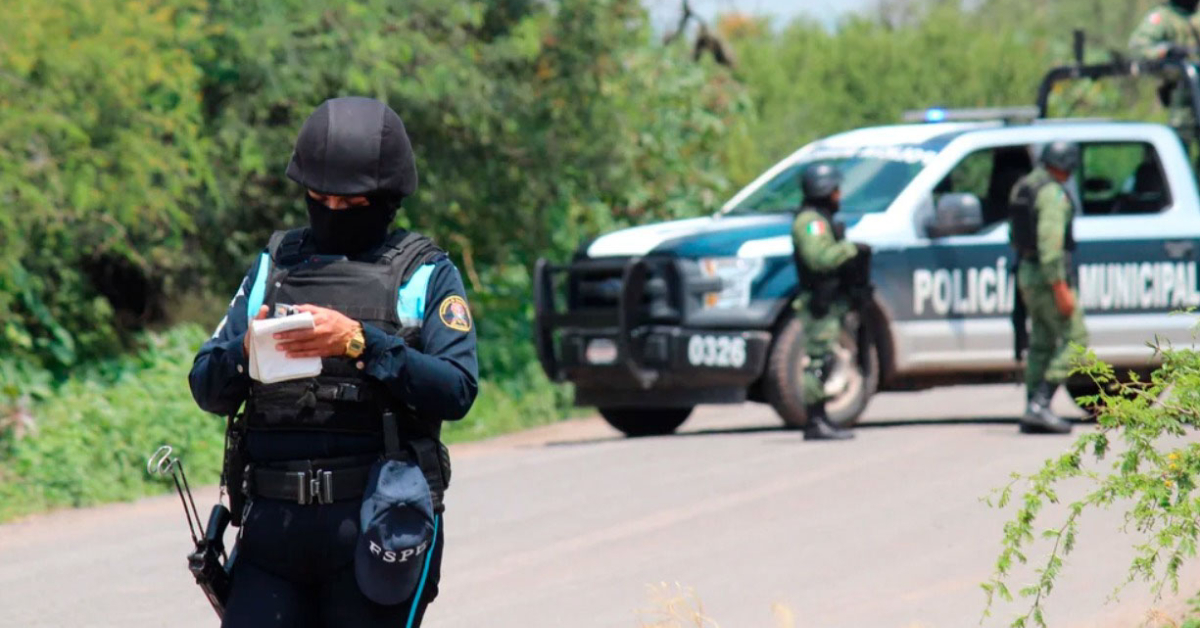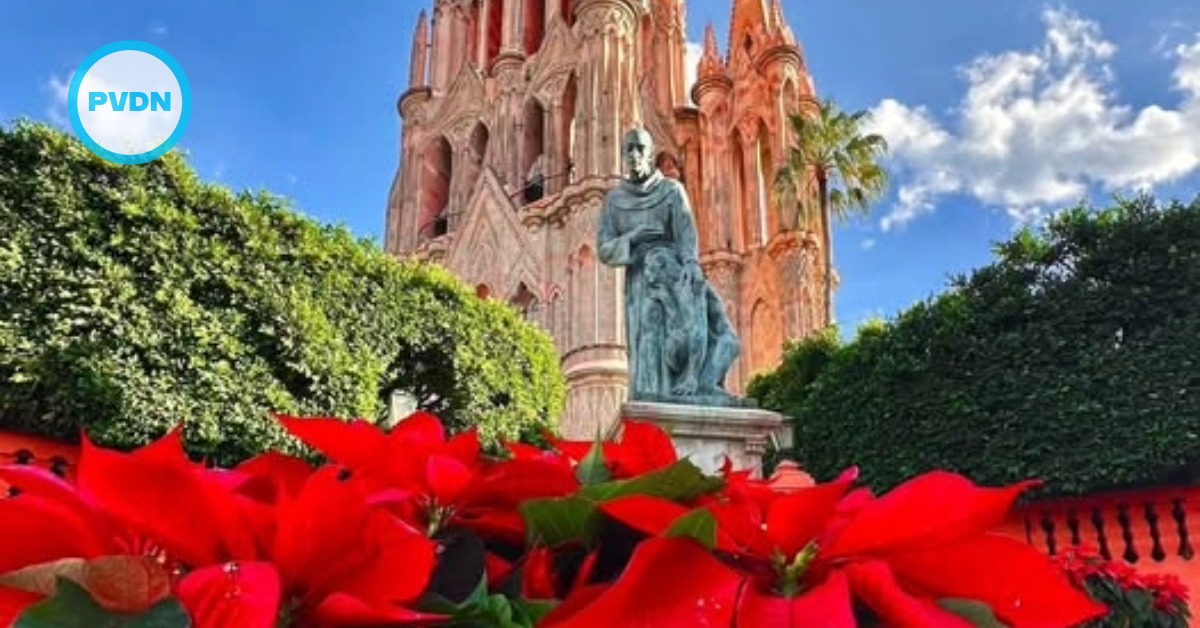An investigation led by an elite group of former federal police officers who infiltrated the ranks of the police in Celaya, Guanajuato, the city that a year and a half ago was considered the most violent in the world, revealed that 150 officers were connected to the Jalisco New Generation Cartel (CJNG) and the Santa Rosa de Lima Cartel (CSRL), the two most influential criminal groups in the state.
This was revealed by an internal investigation that 30 former federal agents began months ago in the bowels of local corporations, which concluded at the end of August . . .






